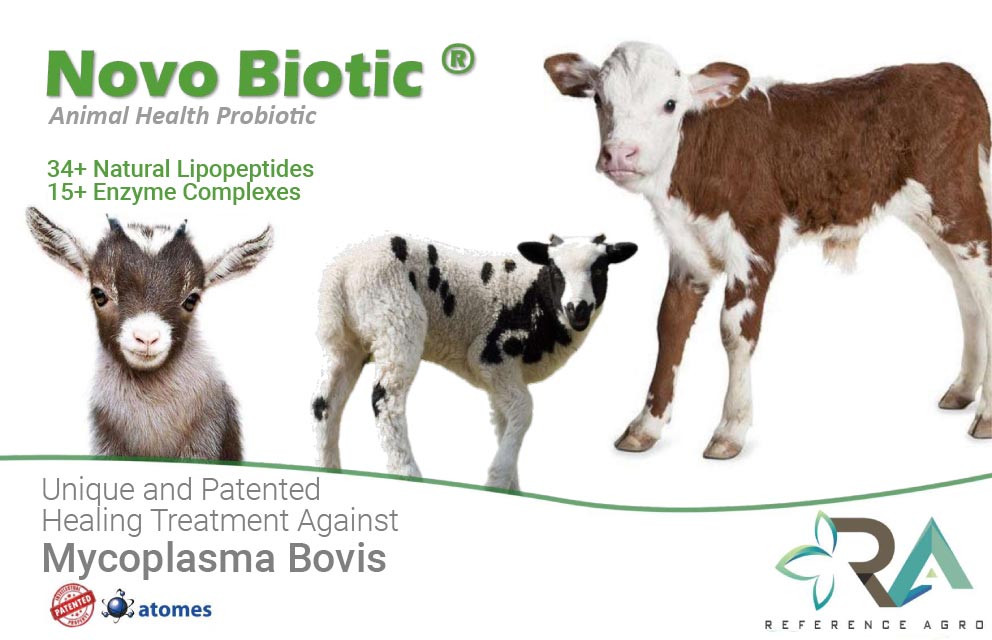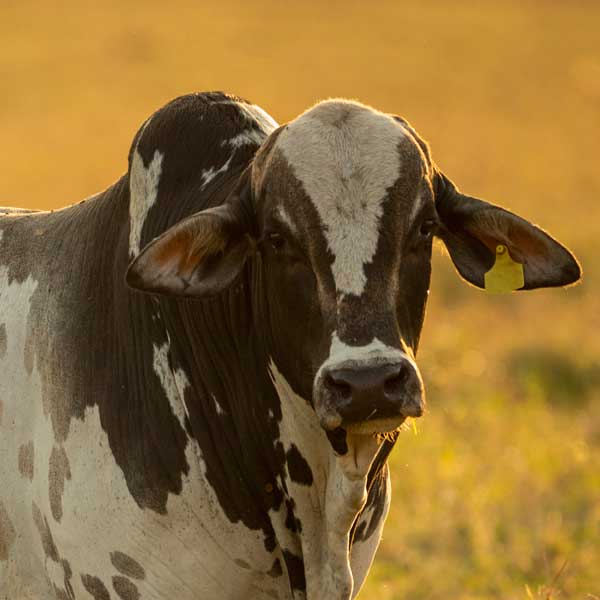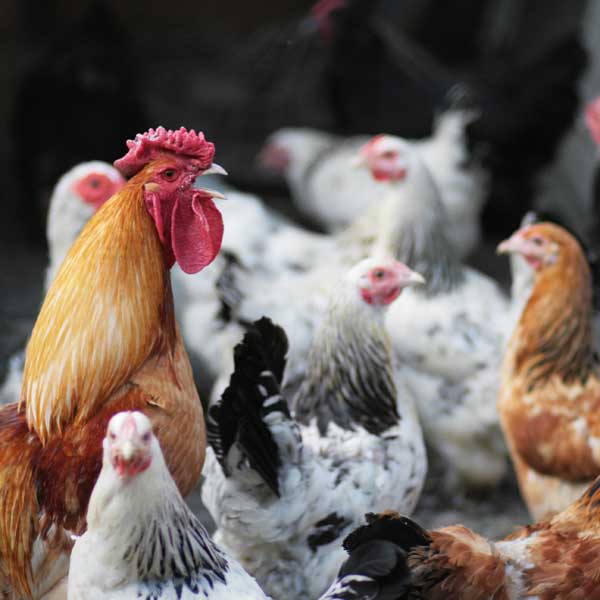
NOVO BIOTIC MYCOPLASMA
ANIMAL HEALTH PROBIOTIC
Disease Mycoplasma Bovis
Mycoplasma Bovis is one of 13 Mycoplasma species known to infect cattle. Most of these Mycoplasma species do not cause disease, but M. bovis is considered an important pathogen for cattle. The defense mechanisms that organisms have are:
- Mycoplasma species have a cell wall deficiency, so commonly used antibiotic therapy is not effective and therefore difficult to treat.
- It has the ability to alter surface proteins, which allows cows to evade the immune response.
- It has the ability to produce a sugar matrix (biofilm) that allows it to temporarily hide from both the immune system and antibiotic treatment.
In a 2006 study, the pathogen Mycoplasma Bovis was found in 46 percent of cattle with normal lungs (Gagea et al. 2006), 85 percent of cattle with acute fibrinous pneumonia, and 98 percent of cattle with chronic pneumonia . (Gagea, et al., 2006) Most cases of Mycoplasma Bovis are resistant to antibiotics and difficult to treat .
Pneumonia Permanent Lung Damage
Mycoplasma Bovis appears when the initial stressor causes calves to develop traditional Bovine Respiratory Disease Complex (BRDC or transport fever) and Mycoplasmosis develops 7 to 14 days later. Mycoplasma weakens the immune system of cattle and prevents the respiratory tract from defending itself against diseases (Smith, 2002, p 559). Common clinical signs are a harsh dry cough, low-grade fever, slightly increased respiratory rate, mild depression, and runny eyes. Mycoplasma Bovis is often suspected when cattle with pneumonia do not respond to treatment.
Mastitis Response to Treatment Very Poor
Outbreaks of mastitis in flocks are severe and sometimes co-occur with arthritis. Mycoplasma Bovis is considered an infectious mastitis pathogen that spreads during the milking process and the response to treatment is very poor. Udder infection causes a decrease in milking efficiency.
Arthritis / Synovitis No Healing
Calves with pneumonia due to M. bovis develop severe arthritis after two to four weeks. Different strains of M. bovis have different chances of causing joint problems, so some outbreaks have too many lame calves and others none.
Mycoplasma Bovis causes severe arthritis in calves and rarely diagnosed adult cattle. Rapid damage occurs to one or more swollen lower extremity joints.
In adults, this form of the disease can occur on its own or in combination with mastitis. Antibiotic treatment in the early stages of the disease provides the most appropriate opportunity to control the disease.
Otitis
This clinical finding is most common in young animals, especially in young dairy calves presenting with drooping ears or head tilt. Veterinarians have reported that this finding has increased over the past 10 years. (DEFRA October 2018 UK Beef Expert Group)
Novo Biotic ®
- Novo Biotic stops the ability of mycoplasma bovis to change proteins on the cell surface that allow the cow to evade the immune response.
- Novo Biotic stops MB from producing the sugar matrix (biofilm - EPS), so that mycoplasma bovis cannot hide from both the immune system and the antibiotics produced by FD777.
- The combination of 34 lipopetidines in Novo Biotic works synergistically to denature DNA, RNA, and enzymes and arrest all tissue plasminogen activator metabolism, mitochondria, and inner cell respiration in MB.
- Novo Biotic prevents pneumonia disease in meat and dairy cattle of all ages, especially in young animals.
- It prevents mastitis problem by killing MB.
- Novo Biotic prevents Arthritis/synovitis related to MB.
- Novo Biotic prevents MB-related otitis, especially in young animals, especially in young dairy cows.




